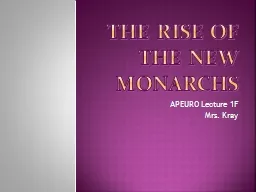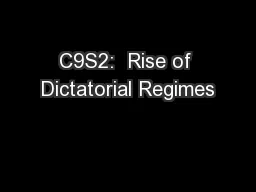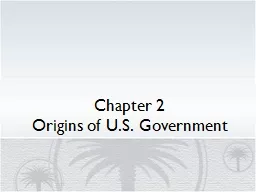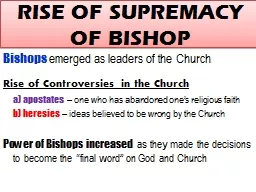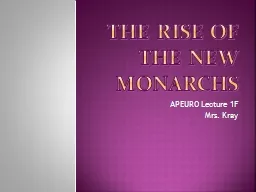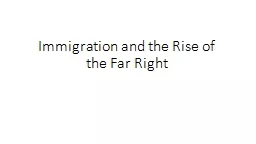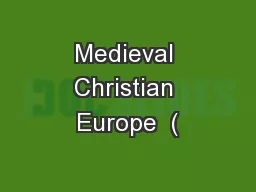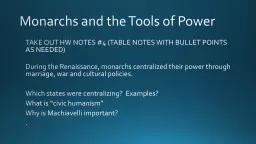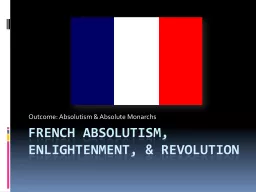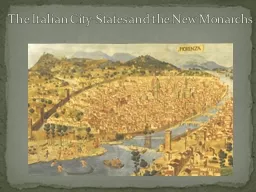PPT-The Rise of the New Monarchs
Author : calandra-battersby | Published Date : 2016-06-02
APEURO Lecture 1F Mrs Kray Niccolo Machiavellis The Prince 1513 Manual for a realistic ruler Considered first work of political science Some say The Prince was
Presentation Embed Code
Download Presentation
Download Presentation The PPT/PDF document "The Rise of the New Monarchs" is the property of its rightful owner. Permission is granted to download and print the materials on this website for personal, non-commercial use only, and to display it on your personal computer provided you do not modify the materials and that you retain all copyright notices contained in the materials. By downloading content from our website, you accept the terms of this agreement.
The Rise of the New Monarchs: Transcript
Download Rules Of Document
"The Rise of the New Monarchs"The content belongs to its owner. You may download and print it for personal use, without modification, and keep all copyright notices. By downloading, you agree to these terms.
Related Documents

